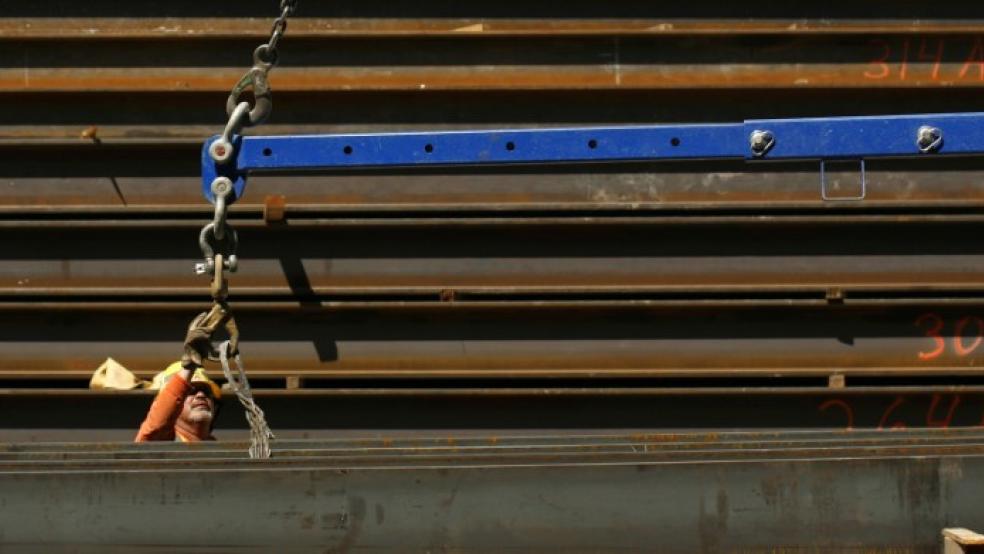Single-family home construction made a strong move higher in July, but it was not enough to reverse a new dynamic in today's housing market; multifamily construction and demand are leading the recovery. After a decade of underbuilding apartments, cranes are scattering city skylines, and the numbers are truly staggering.
Multifamily construction activity is above historical averages in more than one-quarter of the nation's largest metropolitan housing markets, according to a new report from Trulia, a real estate listing and analytics company. In New York, activity is four times the normal average, in Boston, triple the average, and in Newark, New Jersey, double the average. This, as single-family home construction is running at half its normal pace.
"I think it's something that we've needed, but it is definitely going to slow down rent appreciation that we've been seeing," said Selma Hepp, Trulia's chief economist.
The numbers seem to correlate also to markets where there is a tight supply of existing homes for sale. Dallas, Houston, Seattle, Los Angelesand San Francisco are all seeing above-average apartment construction and below-average supply of homes for sale.
Related: The 10 Worst States for Property Taxes
"With respect to multifamily, this corner of the housing industry is certainly seeing robust conditions as rent gains are running at midsingle-digit rates," said Peter Boockvar, chief market analyst with the Lindsey Group. "The apartment vacancy rate as of Q2 was at 4.2 percent, matching the lowest level since 2001, and the homeownership rate of 63.4 percent is the lowest since 1967."
With so many new units coming on the market, however, it begs the question, are we overbuilding?
"I don't think we have a bubble," said Hepp. "I think the demand is still there, and we are going to see more household formation among millennials."
Apartment construction is showing big numbers now, but only relative to the very small numbers during the housing boom and the recession that followed. Multifamily construction ground to a halt, and much of the activity now is making up for that lost productivity as well as answering the increasing demand. Demand that is coming not just from millennials, but from downsizing baby boomers.
Related: How a Smart Home Can Save You Time and Money
"Despite expectations that millennials are the force behind household formation, older adults are driving household formation. Strikingly, age groups younger than 55 collectively had negative household formation between 2014 and 2015, while 65- to 74-year-olds accounted for more than two-thirds (860,000) of overall household formation," noted Jed Kolko, senior fellow at the Terner Center for Housing Innovation, University of California-Berkeley, in a recent article. The overwhelming reason is that the U.S. population is aging, and the fastest-growing age group is 65- to 74-year-olds, both in percentage and absolute terms. In addition, older adults live in smaller households than younger adults, so population growth among older adults adds more households than population growth among younger adults."
Millennial demand is actually still to come, as the economy improves and more young people do form their own households. The main concern now is that as they do look to rent, there is very little affordable supply available. Much of the new construction has been in luxury apartment rentals. Those are already starting to cool in markets such as Washington, D.C., which saw thousands of new luxury units come online in the last five years.
"I'm less concerned below that, because I believe the demand for modestly priced rents will remain robust, and the supply side will take more time to catch up to this," added Boockvar.
Luxury rents aren't exactly plummeting, but landlords are starting to offer more concessions, such as a free month's rent to start. That is not at all the case in the nonluxury market.
This article originally appeared on CNBC.
Read more from CNBC:
What's likely to be in the New Apple TV
Don't Knock Amazon's Corporate Culture
Rents are rising, but there are ways to stretch your dollar




